- Home
- slideshows
- miscellaneous
- An island in India is disappearing, but some of the last residents say they can't afford to move away
An island in India is disappearing, but some of the last residents say they can't afford to move away
The Sundarbans Reserve Forest is the world's largest contiguous group of mangroves.

The British began cutting timber in the Sundarbans about 150 years ago, and the area's mangrove population has been shrinking ever since.
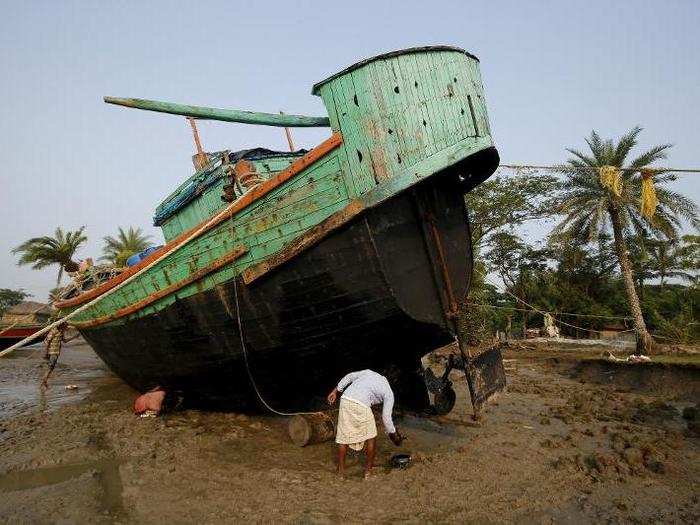
Source: The New York Times
"Nature didn't create this place for humans to cut the forests and chase out the tigers and wildlife," Tushar Kanjilal, founder of a nonprofit called the Tagore Society for Rural Development, told The New York Times in 2007. "We are killing the Sundarbans. Our government, the people themselves, we are all together killing it. After 50 years, will they exist?"
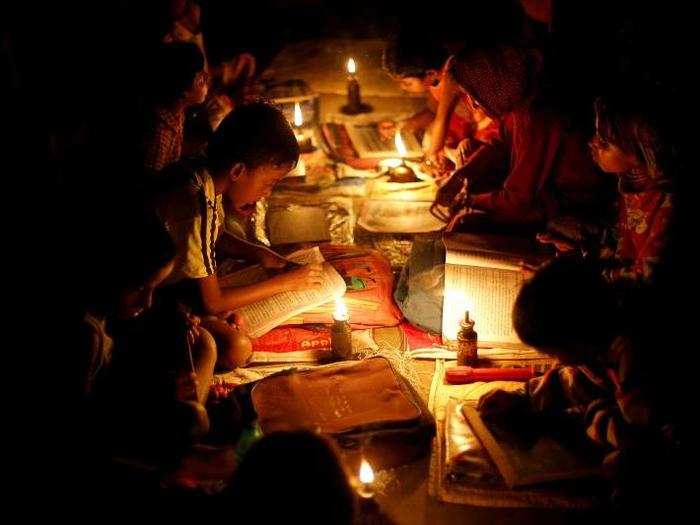
Source: The New York Times
Even if the world limits global warming to 1.5 degrees Celsius, which is very unlikely, seas will rise between 10 inches and 2.5 feet (0.26-0.77 meters) by the end of the century, according to the Intergovernmental Panel on Climate Change.

Source: IPCC
Though natural forces contribute to the islands' changing shapes and sizes, scientists say human-caused climate change is worsening these effects. On Ghoramara Island, high tides are swallowing land from all sides, forcing residents to move inland and rebuild their homes.
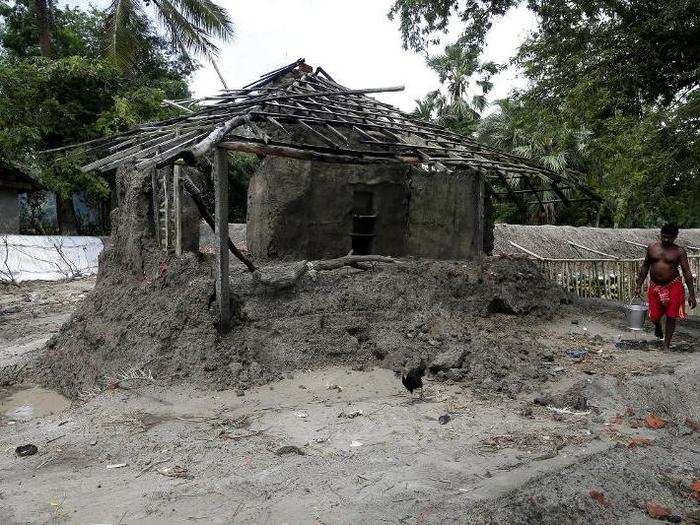
Source: The New York Times
"Those who have money can cross the sea. Those who don’t, wait like us to get drowned," Ghoramara resident Rabiul Saha told Firstpost in 2016. "Even if we get to the mainland, we remain refugees with no homes, no identity and no community. We are simply losing the battle."
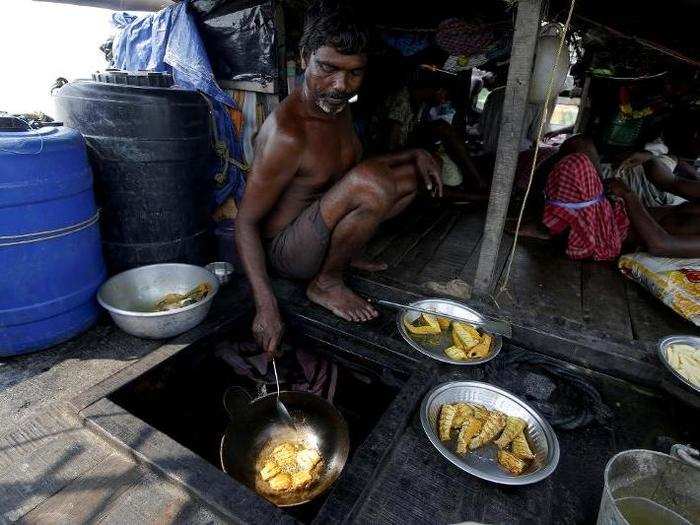
Source: Firstpost
Saha told Firstpost that his teen daughter, Rabiya, dropped out of school once there were no more teachers left nearby.
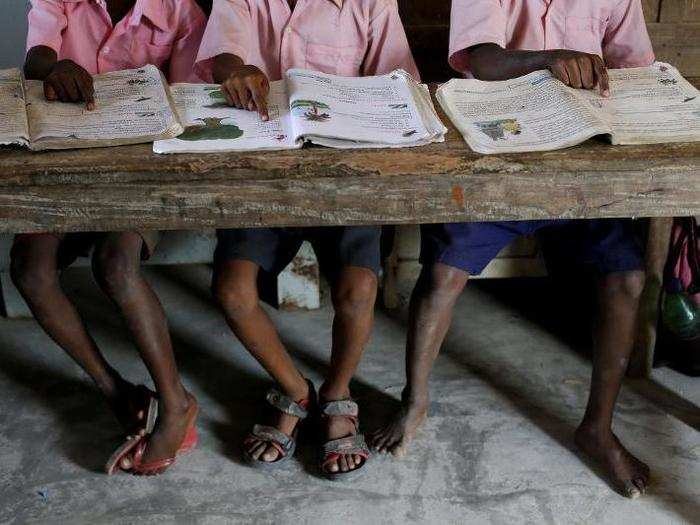
Source: Firstpost
Frequent floods on Ghoramara Island damage betel leaf crops, which many residents rely on for food. "Every year, high-tide salt water enters my farm and destroys my cultivation, so I have to face a big loss," Mihir Kumar Mondal, a farmer, told Reuters in August.
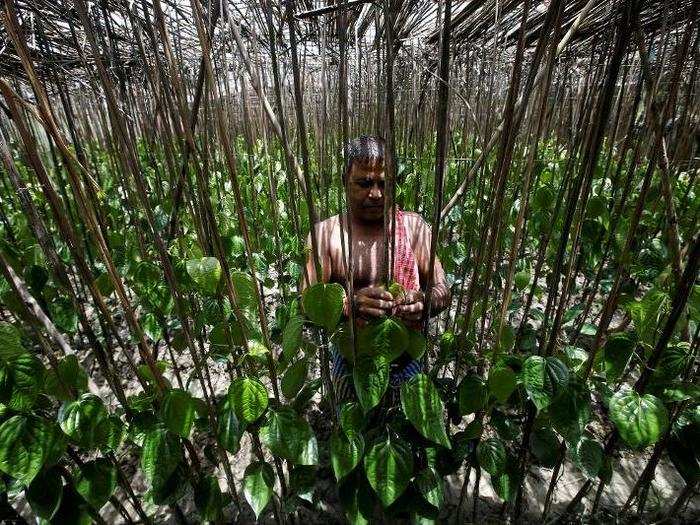
Source: Reuters
The high tides can also make it impossible for government ferries to reach the island with supplies. In June 2016, Ghoramara remained water-locked for an entire week, according to Firstpost.
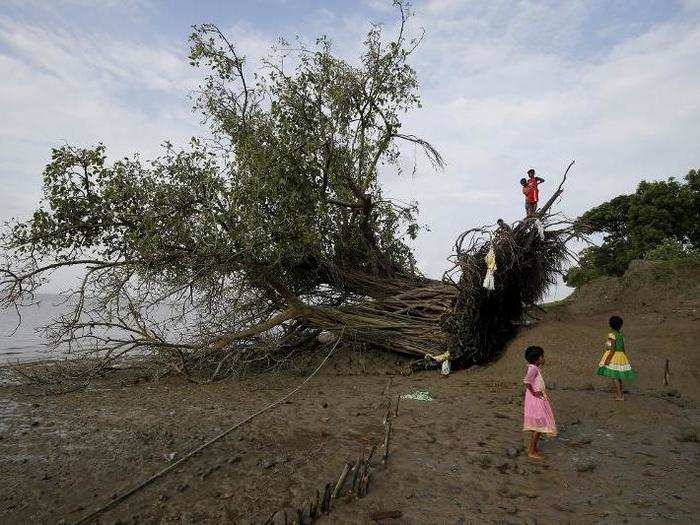
Source: Firstpost
Village leader Arun Pramanik told NPR in 2016 that he was not optimistic about living another 20 or 30 years on the island. At the time, Pramanik lived in the only concrete home among a group of mud huts. "I know I have a beautiful home, but ultimately it will go into the womb of the river," he said. "All we can do is try to delay the process."
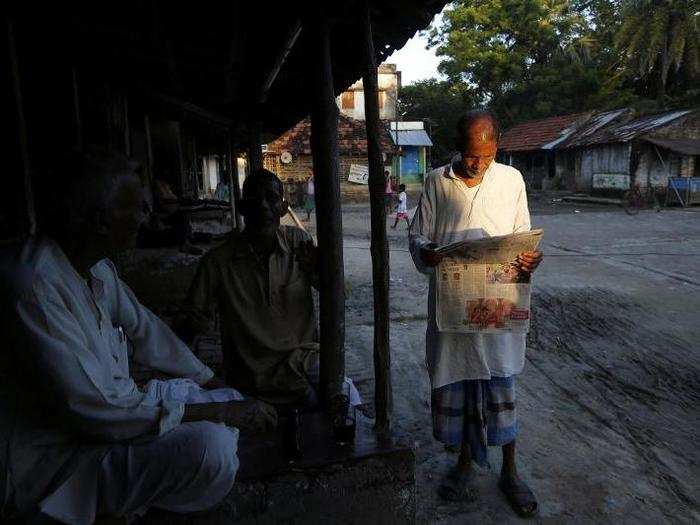
Source: NPR
Rice is the main crop in the Sundarbans, but rice paddies are getting flooded by saltwater more frequently. After a flood destroys a paddy, it may take three to five years before rice can be replanted in the same spot.
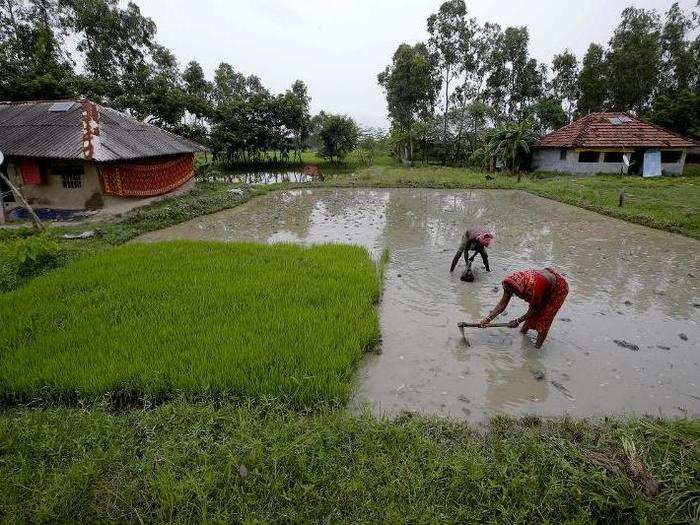
Source: NPR
Farmers used to grow about 6,000 kinds of rice in the Indian state of West Bengal, where Ghoramara is located, according to NPR. But as of 2016, 90% of the varieties were no longer present in the area. ENDEV, an environment and development organization, has determined which of the remaining ones are salt-resistant and is providing those rice seeds to farmers.
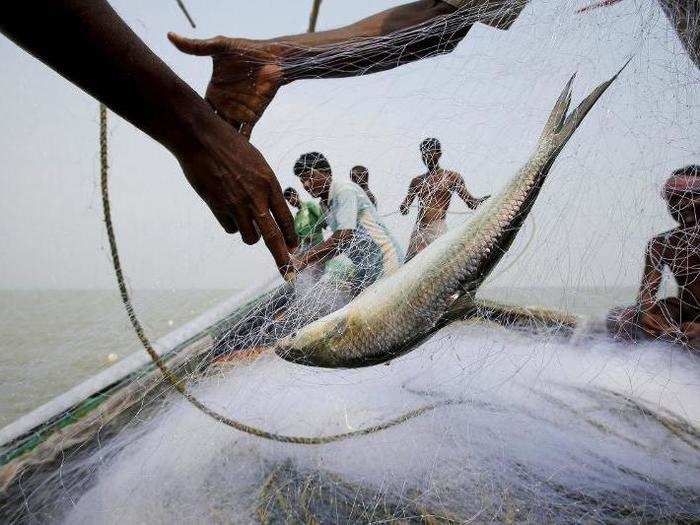
Source: NPR
Those salt-resistant rice seeds have helped vulnerable farmers. "Everybody is using this rice now," Debendra Tarek, an 80-year-old resident of Ghoramara Island, told NPR in 2016. "We even think it tastes better."

Source: NPR
To help people find shelter off the island, West Bengal's state government has set up new communities in places such as Sagar Island. Tens of thousands of people had relocated to Sagar as of 2016.
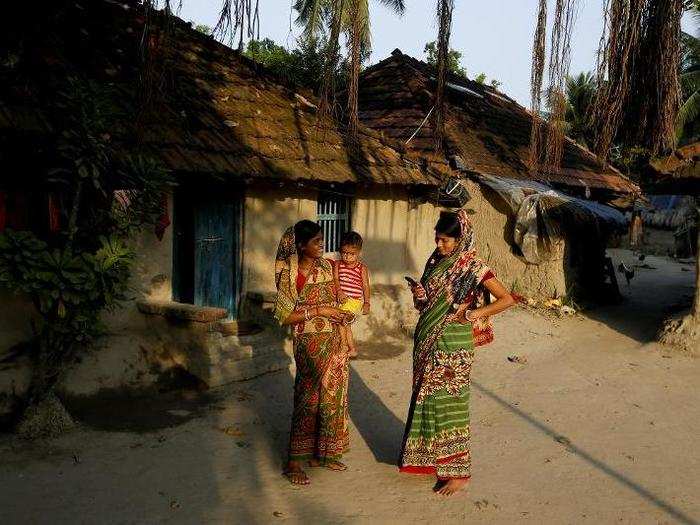
Source: NPR
Ratan Maity told NPR that he moved to Sagar Island with his two children around 2001. "The river was angry," he said. "It took away so many things. It took people's lives. Children were swallowed. My home was gone. That's why I had to leave. We were scared."
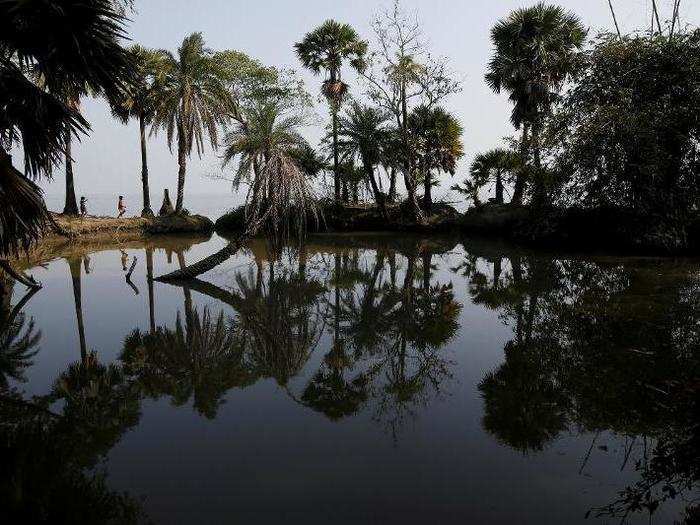
Source: NPR
Maity, who told NPR that he hadn't heard of climate change, lives far inland so can't fish anymore. But he said he feels safer and has taken up odd jobs like pulling carts.
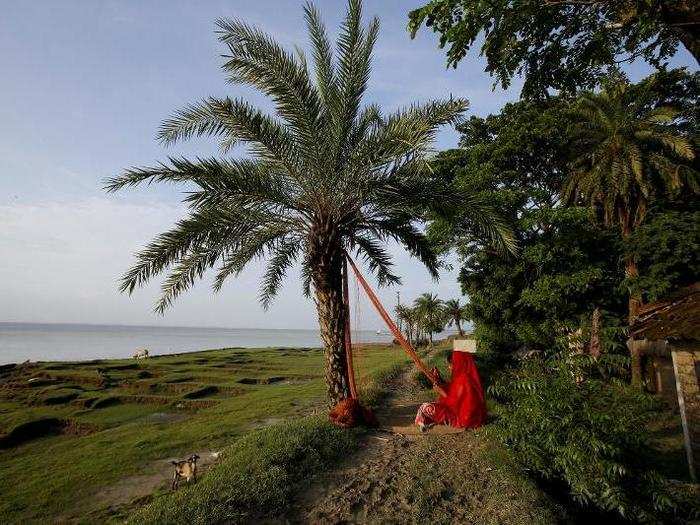
Source: NPR
Unlike Maity, some people who leave Ghoramara Island end up homeless in West Bengal, looking for shelter on the mainland.
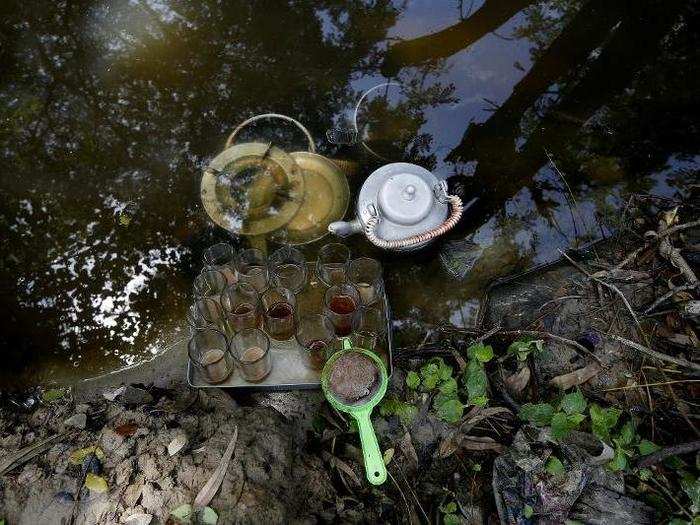
Climate change could displace between 150 and 300 million people by 2050, according to a 2011 study cited by The Conversation.

Source: The Conversation
Some scholars are pushing for environmental refugees to be granted more rights. Gulrez Shah Azhar, a physician and public health researcher in India, believes governments and the United Nations should change international law to protect climate refugees.
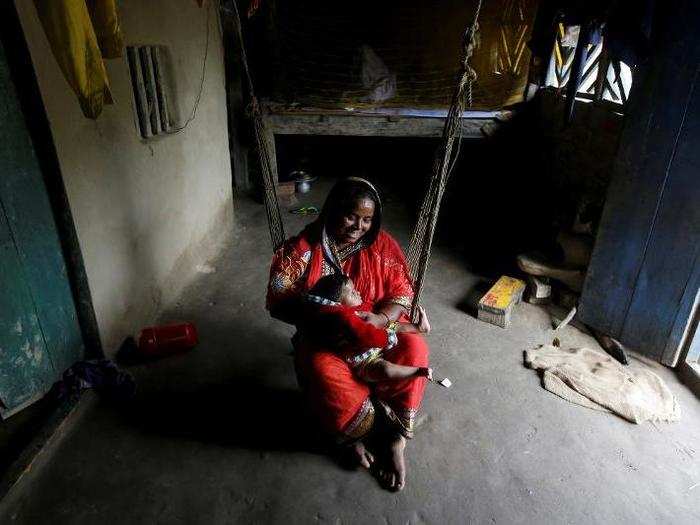
Source: Business Insider
But as of now, people leaving their homes for environmental reasons generally can't seek asylum.
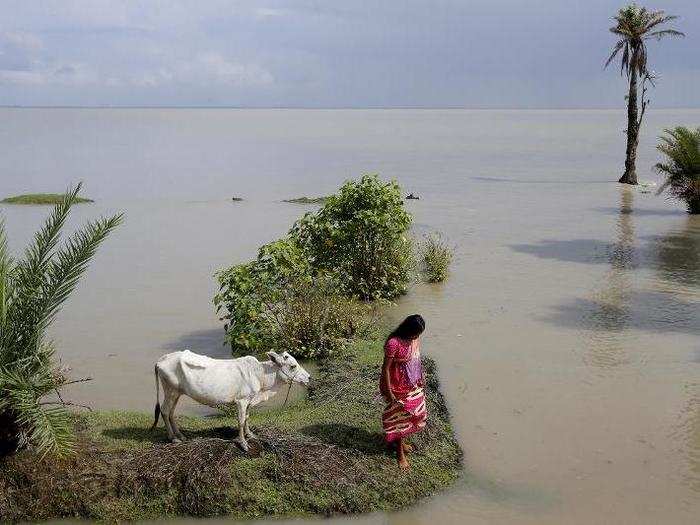
According to The Economist, any new agreement to alter existing refugee treaties would likely take years.

Source: The Economist
New Zealand may become the first country to allow asylum claims based on environmental conditions. Prime Minister Jacinda Ardern has said she would consider creating a special visa for Pacific Islanders who were forced to leave their homes due to rising sea levels. The visa would be given to 100 people per year.

Source: The Economist
Sagar, the village elder on Ghoramara Island, said half the residents would move elsewhere if the government provided free land. "If government gives rehabilitation I will leave," 66-year-old Sheikh Aftab Uddin told Reuters.
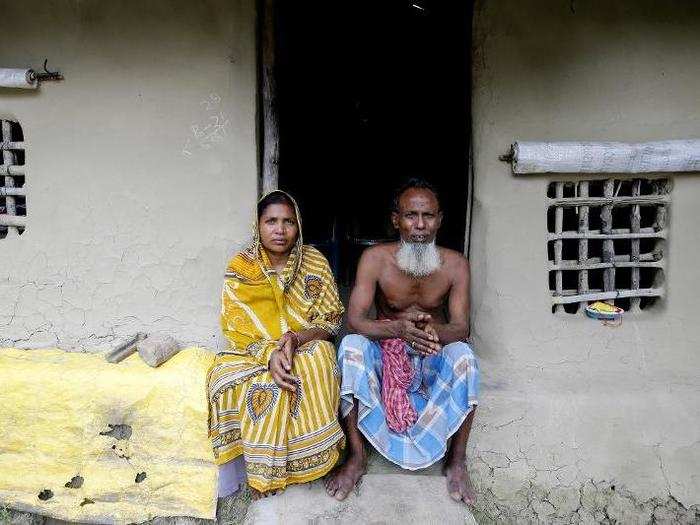
Source: Reuters
Reuters reported that Javed Ahmed Khan, the minister overseeing disaster management in West Bengal's state government, declined to comment on potential plans to relocate Ghoramara residents.
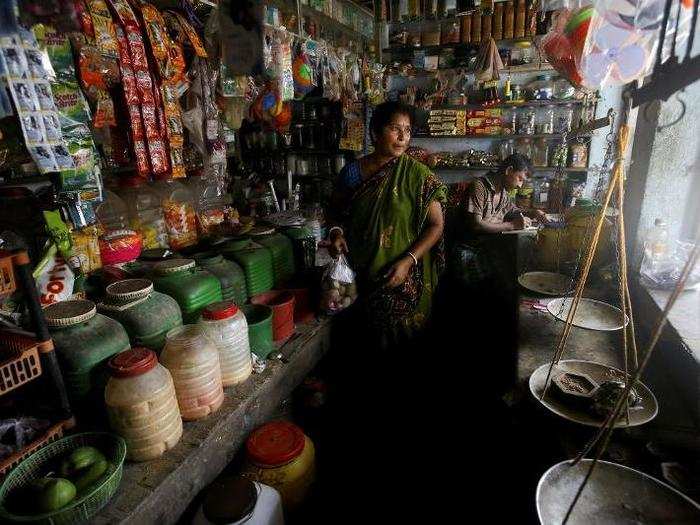
Source: Reuters
"There has to be some planning for those people, in terms of relocating them to other areas," Suruchi Bhadwal, a climate scientist at the New Delhi-based Energy and Resources Institute, told Reuters. "Frankly speaking, this has to be in the plan of the government."
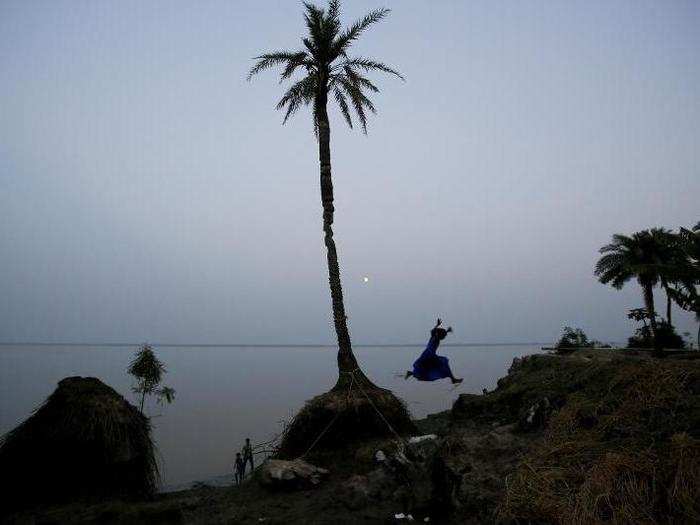
Source: Reuters
Popular Right Now
Advertisement